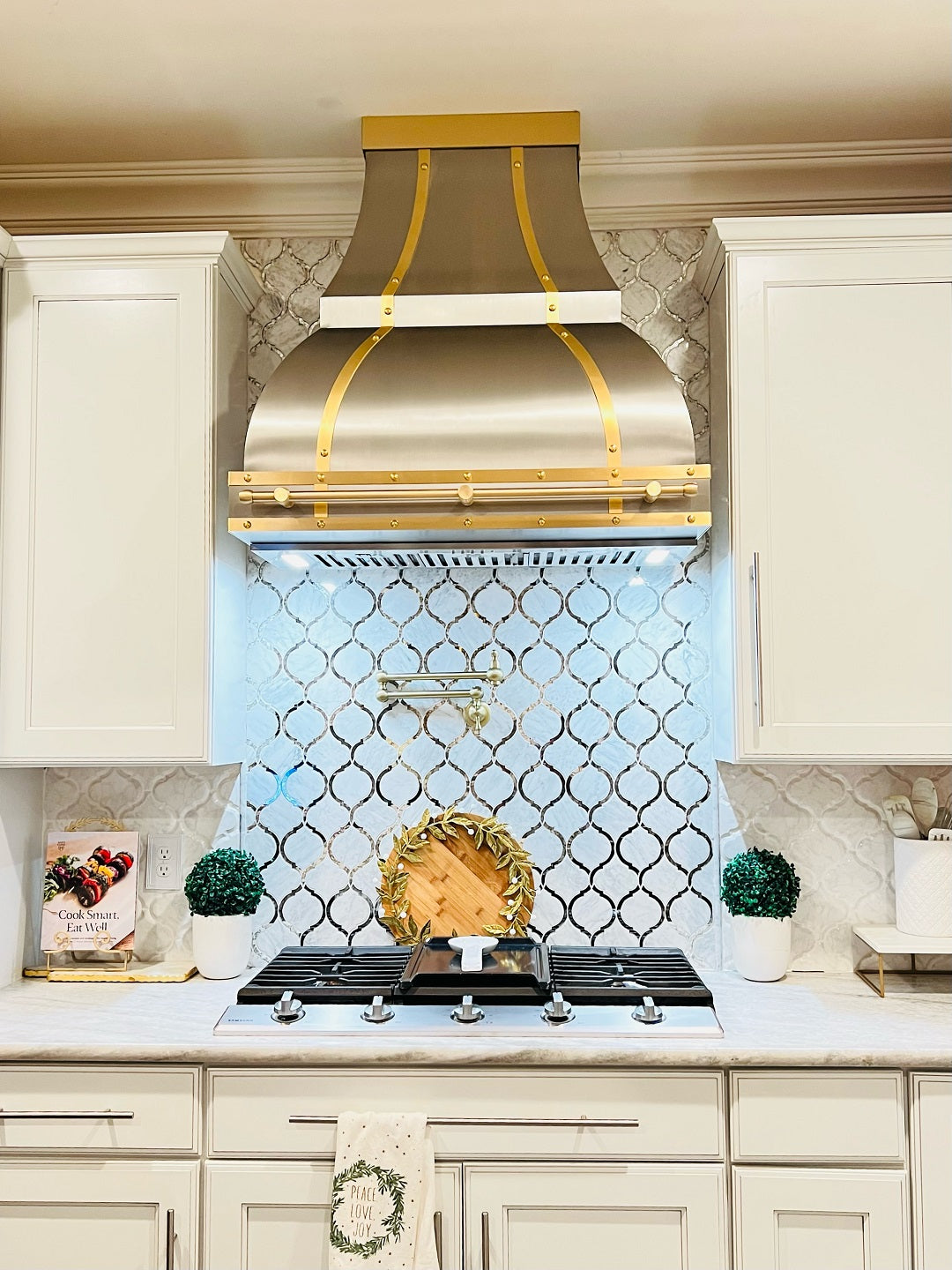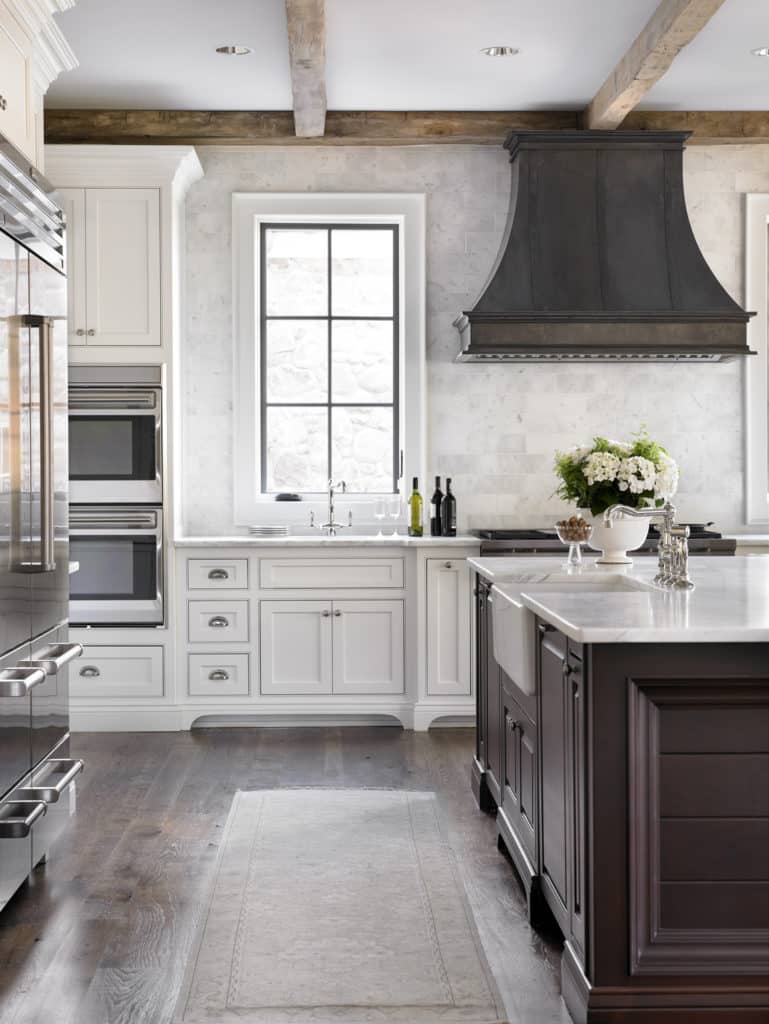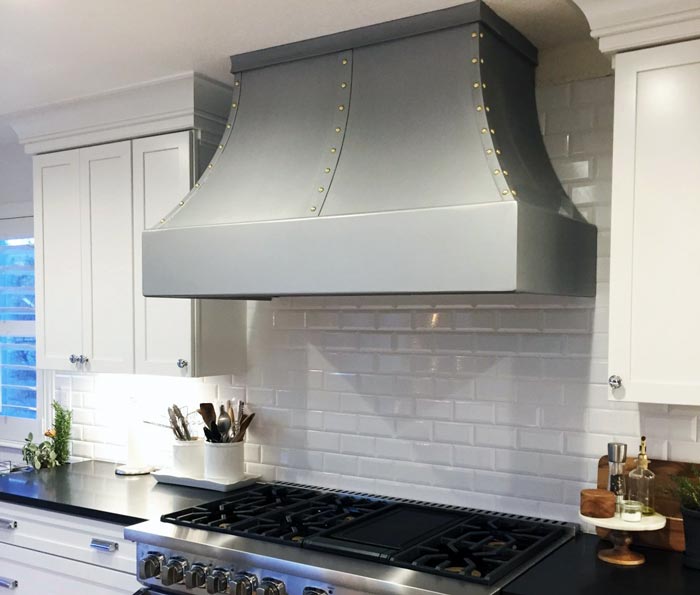When it comes to designing a kitchen that not only serves as a cooking space but also as a centerpiece of your home, the choice of ventilation is crucial. Decorative hood vents offer a unique blend of functionality and aesthetic appeal, making them an essential element for any modern kitchen. In this article, we will dive deep into the world of decorative hood vents, exploring their styles, benefits, and everything you need to consider before making a purchase.
What Are Decorative Hood Vents?
Decorative hood vents, also known as range hoods or kitchen hoods, are installations above your stove that help vent smoke, steam, and odors from cooking. Unlike traditional hood vents, decorative versions are designed to enhance the visual appeal of your kitchen, often serving as a focal point in your kitchen design.
Why Choose a Decorative Hood Vent?
Choosing a decorative hood vent isn’t just about aesthetics; it’s also about function. Here’s why you should consider one for your kitchen:
- **Improved Ventilation:** Keep your kitchen free from unwanted odors and smoke.
- **Style Statement:** Add a touch of elegance and personality to your kitchen decor.
- **Increased Home Value:** Stylish fixtures can elevate the overall value of your home.
Types of Decorative Hood Vents
There are several types of decorative hood vents available, each designed for different kitchen styles and needs. Below are some popular types:
1. Wall-Mounted Range Hoods
These hoods are mounted directly to the wall above your stove and are ideal for homes with limited overhead space.
2. Under-Cabinet Range Hoods
Perfect for smaller kitchens, these hoods fit seamlessly under cabinets, providing a clean look and efficient ventilation.
3. Island Range Hoods
If your stovetop is situated on a kitchen island, an island range hood is a stylish choice, adding height and dimension to the space.
4. Custom Range Hoods
For those looking for a truly unique piece, custom range hoods can be designed to fit your exact specifications and aesthetic preferences.
Key Features to Look For
When selecting a decorative hood vent, consider the following features:
1. Extraction Rate
The extraction rate (measured in CFM) indicates how much air the hood can move. A higher CFM means better ventilation, which is especially important for those who cook frequently.

| CFM Rating | Type of Cooking | Recommended CFM |
|---|---|---|
| 200-400 CFM | Light Cooking | 200-300 CFM |
| 400-600 CFM | Standard Cooking | 400-500 CFM |
| 600+ CFM | Heavy Cooking | 600-900 CFM |
2. Noise Level
Consider the noise level (measured in sones) of the hood. Many modern hoods come equipped with noise-reduction technology, so you can enjoy a quieter cooking environment.

3. Design and Finish
From stainless steel to copper, the finish of your hood vent can significantly impact the overall look of your kitchen. Choose a design that complements your kitchen’s style.
Pros and Cons of Decorative Hood Vents
Every kitchen appliance has its advantages and disadvantages. Here’s a quick overview:
Pros
- **Enhances Kitchen Aesthetics:** Adds visual appeal and character.
- **Effective Ventilation:** Keeps the air fresh and free of smoke and odors.
- **Variety of Options:** Available in numerous styles, materials, and sizes to fit any kitchen.

Cons
- **Cost:** Decorative hoods can be more expensive than regular hoods.
- **Installation Complexity:** Some may require professional installation, adding to costs.
How to Choose the Right Decorative Hood Vent
With so many options available, choosing the right decorative hood vent can feel overwhelming. Here’s a simplified process to help guide your decision:
Step 1: Assess Your Cooking Habits
Evaluate how much and what type of cooking you usually do. Heavy cooking will require a stronger hood with higher CFM ratings.

Step 2: Measure Your Space
Before shopping, measure your kitchen space. Ensure that the hood vent you select fits comfortably above your stove.
Step 3: Decide on Style
Consider the overall style of your kitchen. Do you prefer modern, traditional, or rustic? Select a hood that complements your existing decor.

Step 4: Set a Budget
Decorative hood vents can vary significantly in price. Setting a budget early will help narrow your options.
Installation Considerations
Installing a decorative hood vent usually involves some plumbing and electrical work. While some homeowners may choose to do it themselves, hiring a professional can ensure the job is done correctly.

DIY vs. Professional Installation
Here’s a brief comparison of DIY versus hiring professionals:
| Feature | DIY Installation | Professional Installation |
|---|---|---|
| Cost | Lower cost | Higher cost due to labor |
| Time | Can be time-consuming | Usually quicker |
| Skill Level | Requires moderate skills | Expert installation |
Maintenance Tips for Decorative Hood Vents
Proper maintenance is essential for ensuring your decorative hood vent remains functional and looks good. Here are some tips:
1. Regular Cleaning
Clean the exterior and filters regularly to prevent grease buildup. Use a damp cloth and a mild detergent for the best results.

2. Filter Replacement
Check and replace filters as necessary. Some vents come with reusable filters that can be washed, while others may need new ones occasionally.
3. Check for Obstructions
Ensure the ductwork is clear of debris and obstructions to maintain optimal airflow.
Decorative Hood Vent FAQs
1. What is the average cost of a decorative hood vent?
The cost can range from $300 to $2,500 or more, depending on the style, size, and materials used.
2. How often should I clean my hood vent?
It’s advisable to clean your decorative hood vent every month, especially if you cook frequently.
3. Can I install a decorative hood vent myself?
While it is possible, professional installation is recommended for optimal performance and safety, particularly for ducted models.
4. Do decorative hood vents require ducting?
Not all decorative hood vents require ducting. Some are designed for recirculation and use charcoal filters instead.
Conclusion
Incorporating a decorative hood vent into your kitchen is a fantastic way to enhance its style and functionality. With a wide variety of designs, features, and installation options, there’s something for every homeowner. Take the time to consider your cooking habits, kitchen style, and specific needs to make the right choice. Happy cooking!